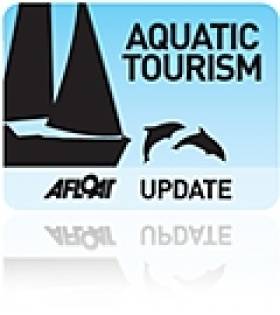Displaying items by tag: Birdwatching
Northern Ireland's Top Spots For Surfing, Birdwatching
#Tourism - Where's the best place to go surfing or coastal birdwatching in Northern Ireland? The Belfast Telegraph has got you covered.
Benone Strand was previously highlighted on Afloat.ie as a top 'coastal experience' for surfing kids, and it shows up here again in Portrush surfer Al Mennie's list of recommended spots to hit the waves for locals and visitors alike.
Portrush's East Strand and neighbouring Portstewart also feature in his list that's rounded out by two picks for experienced surfers only: Portballintrae – "by far the vest area for surfing on the north coast" – and the legendary Finn MacCool's big wave at the end of the Giant's Causeway.
The causeway also crops up in Ian McCurley's choice spots for birdwatching across NI, in particular for its "colourful stonechats perches on gorse bushes; fulmars in their cliff nest sites; peregrine falcons and gannets."
Another great seabird spotting site is Strangford Lough, which the National Trust woodland and parklands manager describes as "a unique haven for biodiversity, containing many of our rare and most threatened wildlife."
























































